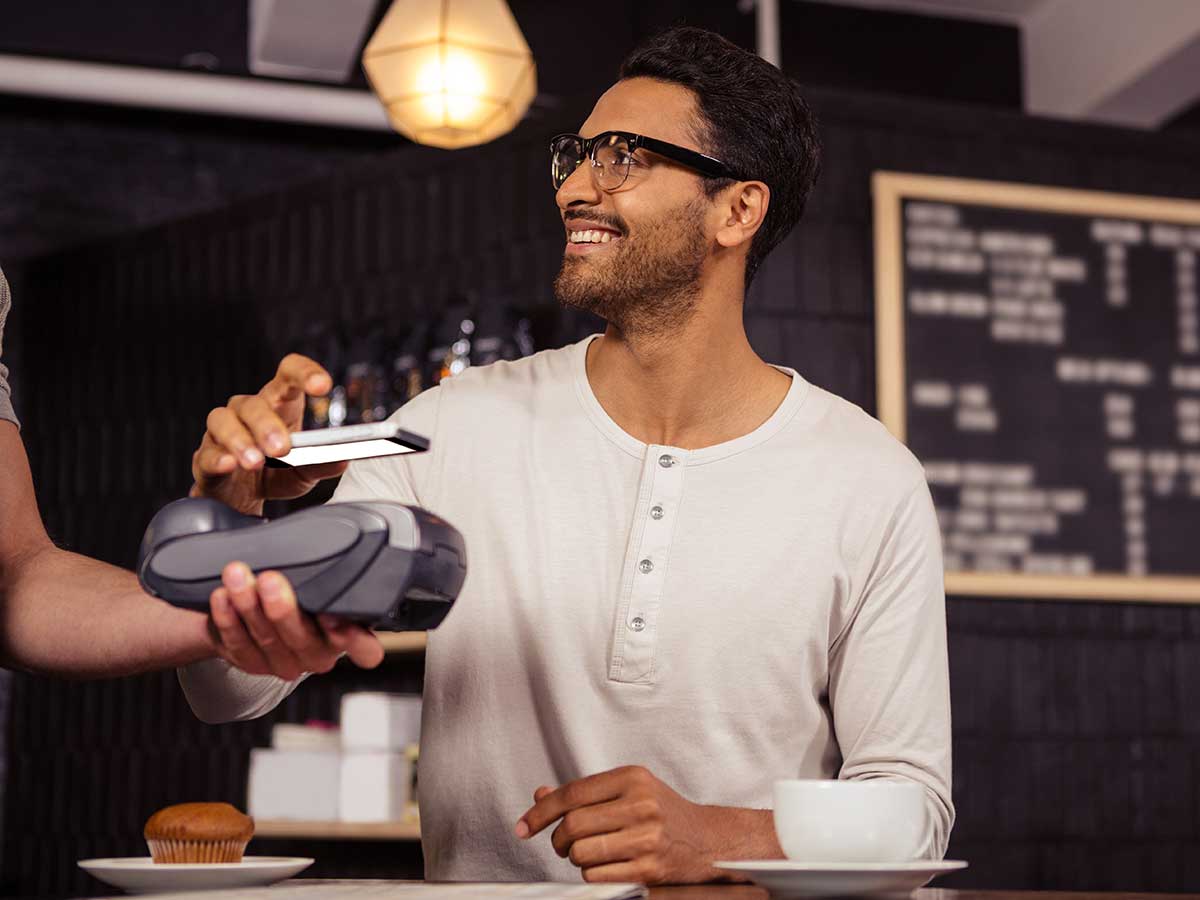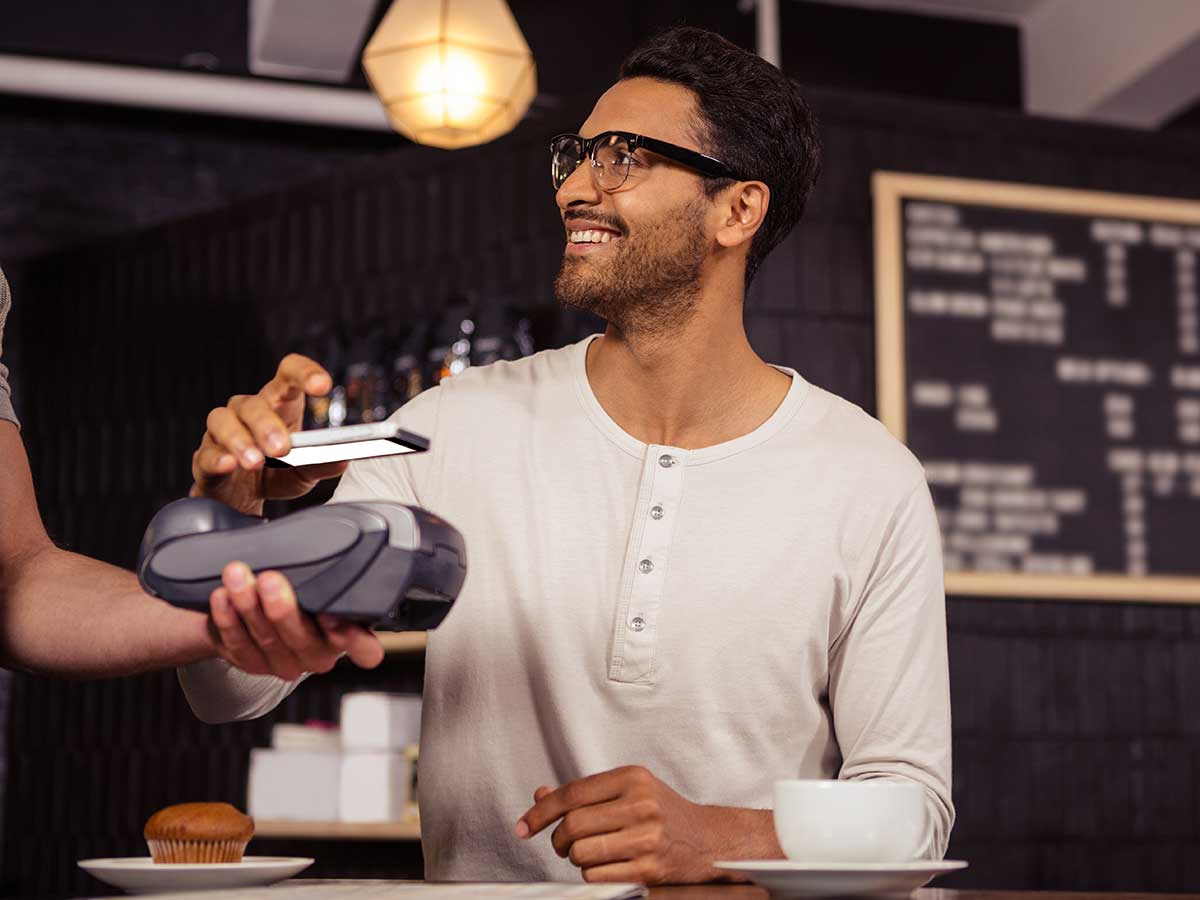
Canada goes cashless: New tech slows our desire for paper money
 Since 2012, the value of cash payment transactions decreased by 21 per cent in Canada, while consumers opt for more convenient and digital methods of payment such as contactless, online transfers and in-app purchases. (Shutterstock photo)
Since 2012, the value of cash payment transactions decreased by 21 per cent in Canada, while consumers opt for more convenient and digital methods of payment such as contactless, online transfers and in-app purchases. (Shutterstock photo)
In November, the new $10 bill featuring Nova Scotia civil rights activist Viola Desmond officially went into circulation. It’s the first time a Canadian woman will be featured on a regularly circulating banknote, and the first bill to be vertically oriented.
But fewer people will enjoy the new note. It’s with decreasing frequency that Canadians are using cash, as the digitization of payments continue to evolve.
A December 2018 report from Payments Canada shows that since 2012, the value of cash payment transactions decreased by 21 per cent, while consumers opt for more convenient and digital methods of payment such as contactless, online transfers and in-app purchases.
MORE WAYS TO PAY
Sweden made news globally in 2018 as thousands in the country inserted microchips in their hands to make their daily lives more convenient—from swiping into the office, to storing their train ticket.
While Canadians don’t yet have the ability to swipe an implant to pay for their morning coffee, there’s an ever-growing list of alternatives to cash.
Mobile payment is still in its relative infancy in Canada. Apple Pay Canada arrived in 2011, but could not access all major Canadian banks until 2016. Other popular mobile payment apps include Google Pay Canada, Samsung Pay Canada, PayPal Canada and even Starbucks Canada—which, while not technically an e-wallet mobile app, remains one of the most popular payment apps in North America.
Motiv—the company behind the smart ring that tracks everything from fitness to sleep—announced just this month that its next ring will include heart rate-sensing security features that will enable it to make payments.
Retail industry expert and University of Toronto professor David Soberman says that while there will always be a place for cash in our society, this change is being driven both by cost and convenience.
“The cost of processing transactions now is so low and we’ve become so interconnected,” he says. “With this kind of interconnectivity, the benefits that this provides to people that are conducting transactions is huge.”
Soberman points out whole industries that have gone nearly cashless. For example, in-app purchases to Uber and Spotify have completely transformed the taxi and music businesses, he says.
BUSINESS CONVENIENCE
Business owners are also discovering the convenience of going cashless. In Toronto, Creeds Coffee Bar went cashless at both of its locations at the start of 2019.
Owner Jonah Creed explains that it’s about efficiency.
“We’d run out of cash all the time, then we’d have to send our driver to get cash,” Creed says. “Then the amount of time counting the cash everyday and balancing the till. It just slows us down immensely, because we always have to have someone at the cash register, where now we can use the wireless payment terminal. We just type in the number and then our team can walk away and start preparing our products quicker for our customers.”
Creed also saw consumer payment habits change in just a few short years. When he opened the main location in August 2015, about half of all transactions were cash. Last year that number dropped to only 30 per cent.
“People were surprised [that we went cashless],” Creed said. “But everybody has been OK from what I can tell. We take every mobile payment, every credit card.”
GLOBAL TRENDS COMING TO CANADA?
In November 2018, 7-Eleven announced it would be the first Canadian convenience retailer to accept China’s Alipay and WeChat Pay. The payment apps, aimed primarily at Chinese travellers, students and new immigrants, will be available through collaboration with cross-border payments company CITCON.
CITCON president and COO Wei Jiang said the move away from cash in China happened almost overnight. “[Until recently,] the majority of people were using cash as their main method of payment,” he says.
In North America, Jiang continues to witness the change in people’s behaviours. “Two years ago we talked to the retailers about these mobile payments. They didn’t know what it was. Now we have retailers that are coming to us.”
The other trend Wei notes, apart from the frequency, is where people are using mobile pay. It’s becoming increasingly popular at retailers with smaller average ticket prices—where it is replacing cash more often.
“Bubble tea shops have an average ticket cost of $4,” he says. “That’s where we see a lot of transactions.”
CANADA GOING CASHLESS
Read how Canadians are relying more on credit cards as we move away from cash. And as digital currency spreads, Canadians are growing more concerned with identify theft—read the CPA Canada Fraud Survey for more.